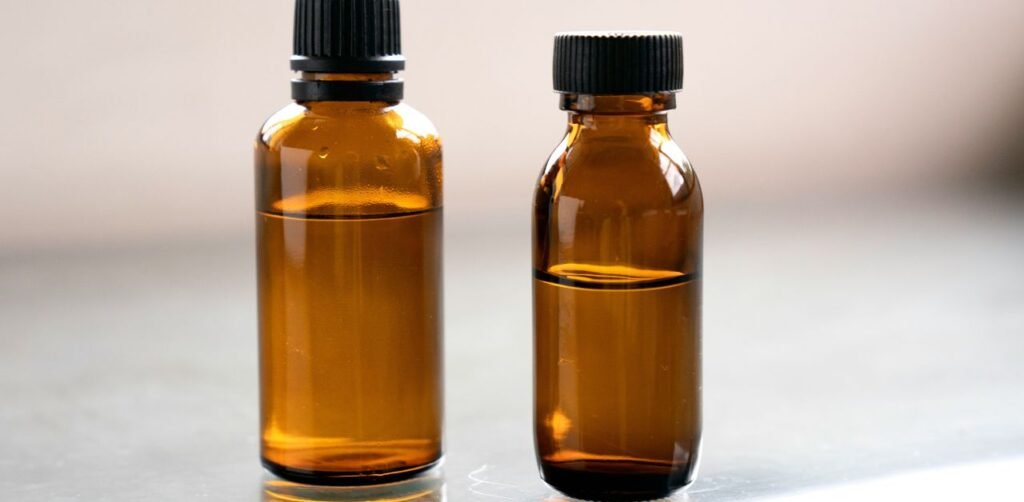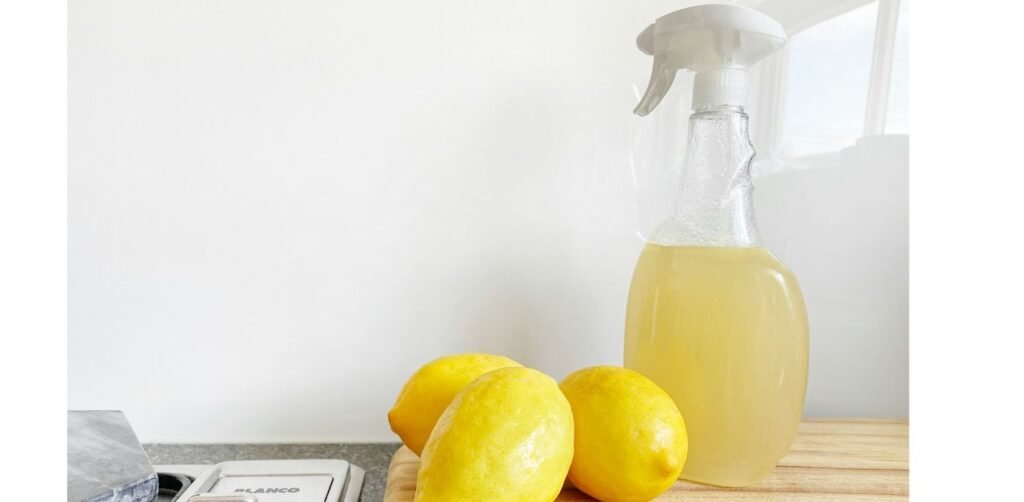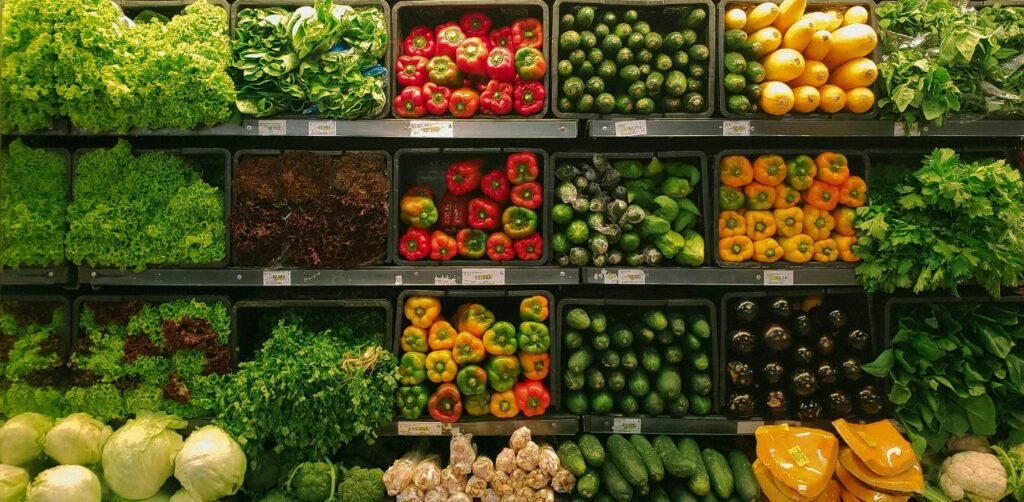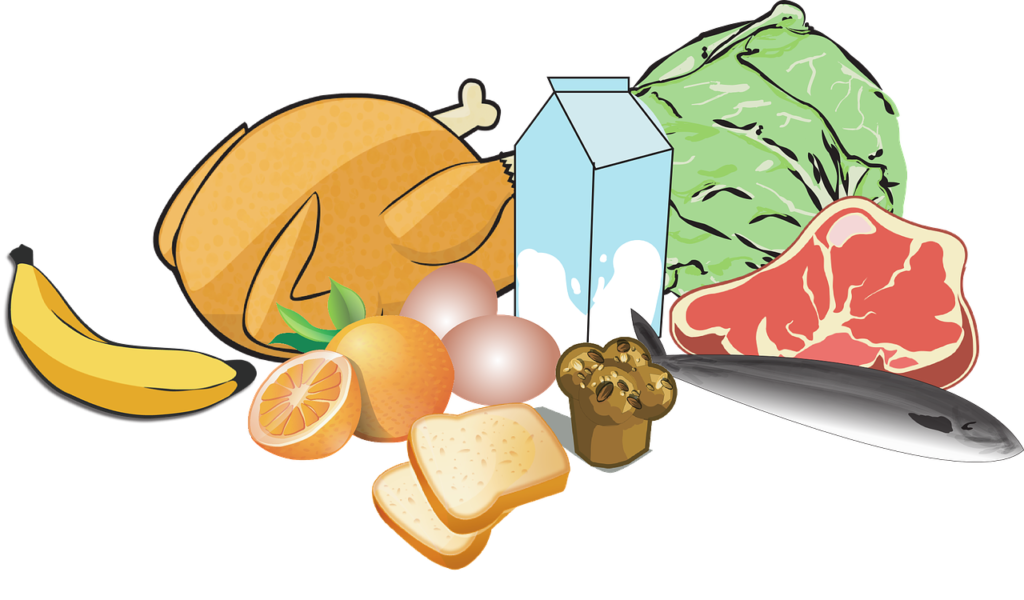How can chemical contamination be prevented ? This crucial question is at the heart of food safety.
The field is dedicated to ensuring the foods we consume are free from harmful substances.
Chemical contamination in food can pose significant health risks, including acute poisoning, chronic illnesses, and allergic reactions.
According to the World Health Organization (WHO), around 600 million people—almost 1 in 10 globally—fall ill after eating contaminated food each year.
This results in 420,000 deaths. Chemical contamination is a significant contributor to these numbers.
One common yet dangerous practice is storing chemicals side by side with food.
This proximity can lead to accidental contamination, where even a small amount of a harmful substance can have serious consequences.
Understanding the dangers of such practices and how to prevent them is essential for maintaining a safe and healthy kitchen environment.
How can chemical contamination affect human health?
Before we know how can chemical contamination be prevented, we have to know that these chemical contaminants can cause:
Acute Poisoning
Exposure to high levels of chemical contaminants can lead to acute poisoning, causing immediate health effects such as nausea, vomiting, diarrhea, and in severe cases, death.

Chronic Illnesses
Long-term exposure to low levels of chemicals, such as heavy metals or certain food additives, can lead to chronic health issues like cancer, reproductive and developmental problems, and endocrine disruption.

Why Are Chemicals Used in the Food industry?
Chemicals are used in various aspects of food production and kitchen maintenance for several reasons.
Cleaning and Sanitizing
Chemicals such as detergents and sanitizers are essential for keeping kitchen surfaces, utensils, and equipment clean.
The benefit of proper cleaning and sanitizing is that we can prevent the spread of harmful bacteria like Salmonella and E. coli.
Pest Control
Pesticides and rodenticides are used to control pests such as insects and rodents that can contaminate food or cause damage to the kitchen environment.
Effective pest control measures help maintain a clean and safe food preparation area.
Food Preservation
Preservatives are chemicals added to food to extend its shelf life by preventing spoilage caused by bacteria, mold, and yeast.
Common preservatives include sodium benzoate, citric acid, and ascorbic acid. These chemicals help keep food fresh for longer, reducing food waste and ensuring a stable food supply.
Enhancing Food Quality
Food additives such as colorants are used to enhance the visual appeal of food. Bright and attractive colors can make food more appealing to consumers, increasing its marketability.
Flavor enhancers like monosodium glutamate (MSG) are used to improve the taste of food. These chemicals can make food more palatable and enjoyable for consumers.
how can chemical contamination be prevented
The good news is that it’s easy to implement these tips, and everyone can use them to improve their food safety practices.
Here are the best strategies to prevent chemical contamination:
Proper Storage Practices
Store Chemicals Away from Food:
Always store chemicals, such as cleaning agents and pesticides, in a separate area away from food.
Designate specific storage areas for chemicals and food to keep them separate.
Label Everything:

Use clearly labeled containers to avoid confusion and accidental contamination.
Ensure that all containers, especially those holding chemicals, are properly labeled. This prevents accidental misuse and helps identify the contents quickly.
Regular Cleaning and Maintenance
Thorough Cleaning:
Make sure to rinse all cleaning agents thoroughly to avoid leaving any residue that could contaminate food.
Routine Maintenance:
Regularly inspect and maintain kitchen equipment and storage areas to ensure they are in good condition.
Address any issues promptly to prevent contamination.
Safe Handling and Usage of Chemicals
Train Staff:
Provide training for all kitchen staff on the proper handling and usage of chemicals.
Ensure they understand the risks and know how to use protective gear, such as gloves and masks, to prevent accidental exposure.
The best source of information from where you can find the safety-related facts of any chemical is for sure the SDS (Safety Data Sheet)
Follow Instructions:
Always follow the manufacturer’s instructions for using chemicals. This includes dilution ratios, application methods, and safety precautions.
Monitoring and Testing
Regular Testing:
Implement a routine testing program to check food products for chemical contaminants.
This helps identify and address potential issues before they become serious problems.
Conduct Inspections:
Regularly inspect your food storage and preparation areas for any signs of chemical contamination.
This proactive approach helps ensure compliance with safety standards.
Use of Natural Alternatives
Natural Cleaning Agents:

Whenever possible, use natural or less toxic alternatives to chemical cleaners.
Ingredients like vinegar, baking soda, and lemon juice can be effective for many cleaning tasks.
Organic Farming Practices:

This needs to be considered when you are selecting your suppliers.
Promote and support organic farming practices that minimize the use of synthetic pesticides and fertilizers.
This reduces the risk of chemical residues on food.
By following these straightforward tips, you can significantly reduce the risk of chemical contamination in your kitchen.
Conclusion
How can chemical contamination be prevented ? It starts with proper storage, regular cleaning, safe handling, diligent monitoring, and the use of natural alternatives.
These practices are easy to implement and can be adopted by anyone to improve food safety.
Remember, how can chemical contamination be prevented is a question that has simple, actionable answers that everyone can apply to keep their food safe.
Also, do not forget that preventing chemical contamination is just one step to achieve proper food safety.
More effort need to be paid, you can read this post in which we discussed the best ways to avoid poor food safety.



